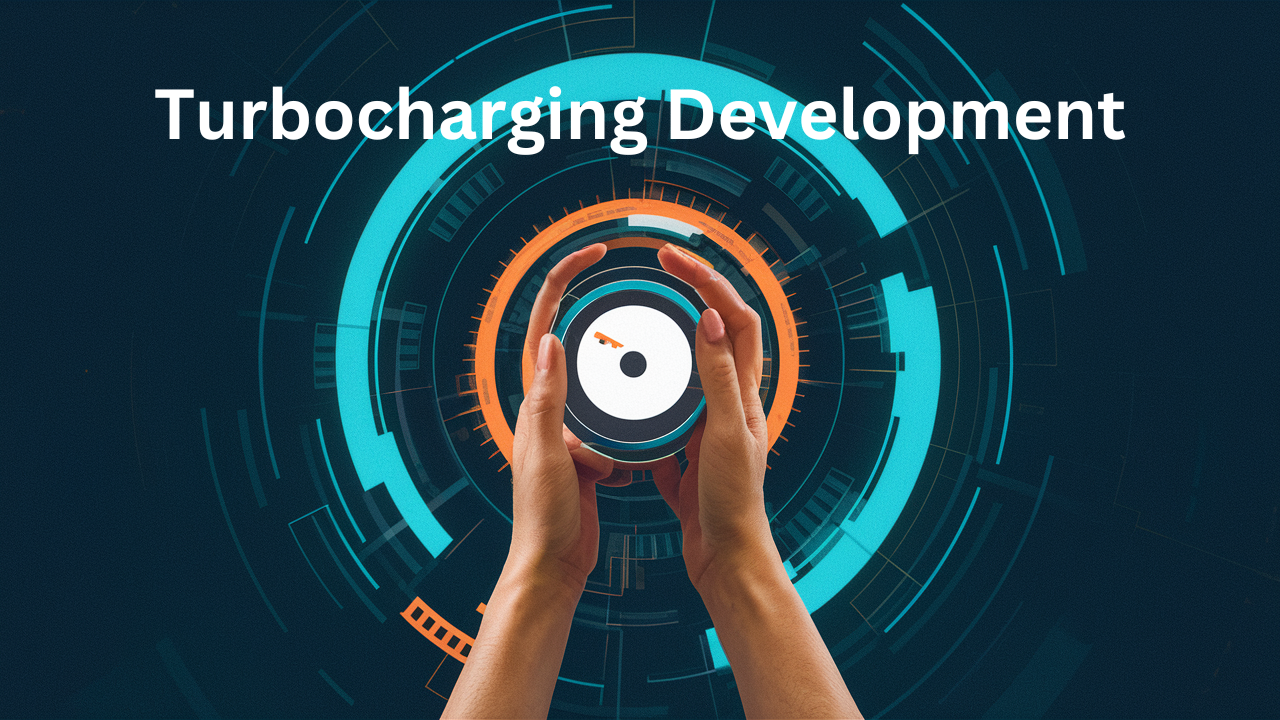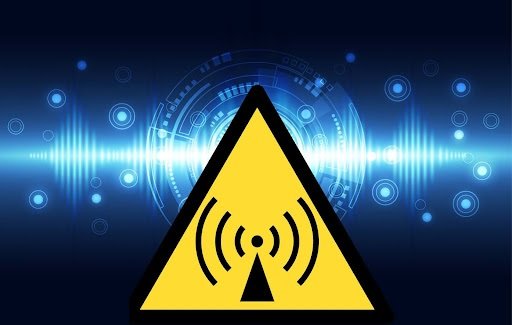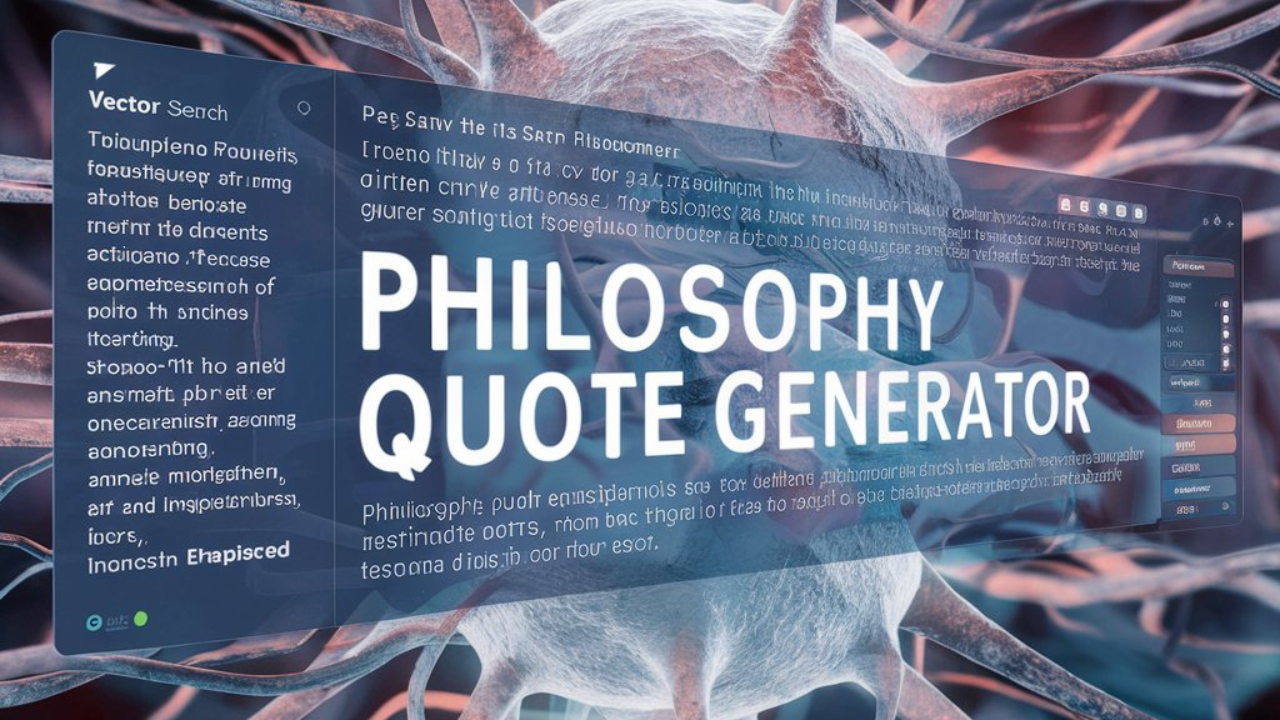The Internet of Things (IoT) has revolutionized the way we interact with technology, connecting devices and systems in ways previously unimaginable. As IoT ecosystems continue to expand, the need for scalable and robust cloud infrastructure becomes paramount. In this article, we explore the intricate dance between IoT growth and cloud scalability, uncovering the strategies and technologies that drive success in this dynamic landscape.
Understanding IoT Growth
IoT devices, ranging from smart thermostats to industrial sensors, generate vast amounts of data that power real-time insights and decision-making. As the adoption of IoT proliferates across industries, the volume and complexity of data generated continue to skyrocket. This exponential growth presents both opportunities and challenges for businesses seeking to harness the power of IoT.
The Promise of IoT
IoT promises to revolutionize operations, enhance efficiency, and drive innovation across various sectors. From optimizing supply chains to enabling predictive maintenance, IoT enables organizations to unlock new value streams and gain a competitive edge in the digital age.
Challenges of IoT Growth
However, the rapid proliferation of IoT devices poses significant challenges, including data management, security vulnerabilities, and interoperability issues. Without scalable and resilient infrastructure, organizations risk being overwhelmed by the deluge of data generated by IoT devices, hindering their ability to derive actionable insights and deliver value to stakeholders.
Embracing Cloud Scalability
Cloud computing provides the foundation for scalable and flexible IoT solutions, offering virtually unlimited storage, compute power, and connectivity. By leveraging cloud services, organizations can seamlessly scale their IoT deployments to accommodate growing workloads and adapt to changing business requirements.
Key Benefits of Cloud Scalability
- Elasticity: Cloud platforms offer on-demand scalability, allowing organizations to scale resources up or down based on fluctuating demand.
- Cost-Efficiency: With pay-as-you-go pricing models, organizations can optimize costs by only paying for the resources they consume, eliminating the need for upfront capital investments.
- Global Reach: Cloud providers operate data centers worldwide, enabling organizations to deploy IoT solutions globally and reach customers in diverse geographic regions.
- Resilience: Cloud infrastructure is designed for high availability and fault tolerance, ensuring uninterrupted operation even in the face of hardware failures or network disruptions.
Strategies for Cloud Scalability
To effectively harness cloud scalability for IoT deployments, organizations should adopt the following strategies:
- Design for Scalability: Architect IoT solutions with scalability in mind, leveraging cloud-native services such as AWS IoT Core or Azure IoT Hub.
- Automate Deployment: Implement continuous integration and deployment (CI/CD) pipelines to automate the provisioning and configuration of cloud resources.
- Monitor Performance: Utilize cloud monitoring tools to track key performance metrics and identify potential bottlenecks or scalability issues.
- Implement Edge Computing: Offload processing and analytics tasks to edge devices to reduce latency and bandwidth requirements, enhancing scalability and responsiveness.
Achieving Symphony: Integration and Orchestration
The true power of IoT and cloud scalability lies in their seamless integration and orchestration, akin to a symphony where each instrument plays its part in harmony. By integrating IoT data streams with cloud services and orchestrating workflows across distributed environments, organizations can unlock the full potential of their IoT deployments and drive digital transformation.
Integration Patterns
- Pub/Sub Messaging: Utilize publish-subscribe messaging patterns to facilitate real-time communication between IoT devices and cloud services, enabling efficient data ingestion and processing.
- Event-Driven Architecture: Implement event-driven architectures to trigger automated actions in response to IoT events, such as alerts or notifications based on sensor readings.
- API Gateway: Deploy API gateways to expose IoT endpoints securely and manage access to cloud services, ensuring data integrity and compliance with security standards.
Orchestration Frameworks
- Workflow Automation: Leverage workflow orchestration frameworks such as Apache Airflow or AWS Step Functions to automate complex, multi-step processes involving IoT data processing and analysis.
- Container Orchestration: Embrace container orchestration platforms like Kubernetes to deploy and manage containerized IoT applications at scale, ensuring reliability and scalability across distributed environments.
Conclusion
In conclusion, the convergence of IoT growth and cloud scalability presents boundless opportunities for innovation and transformation. By embracing cloud-native architectures, automation, and orchestration, organizations can orchestrate the symphony of IoT growth and cloud scalability, turning data into insights and driving business success in the digital age.



